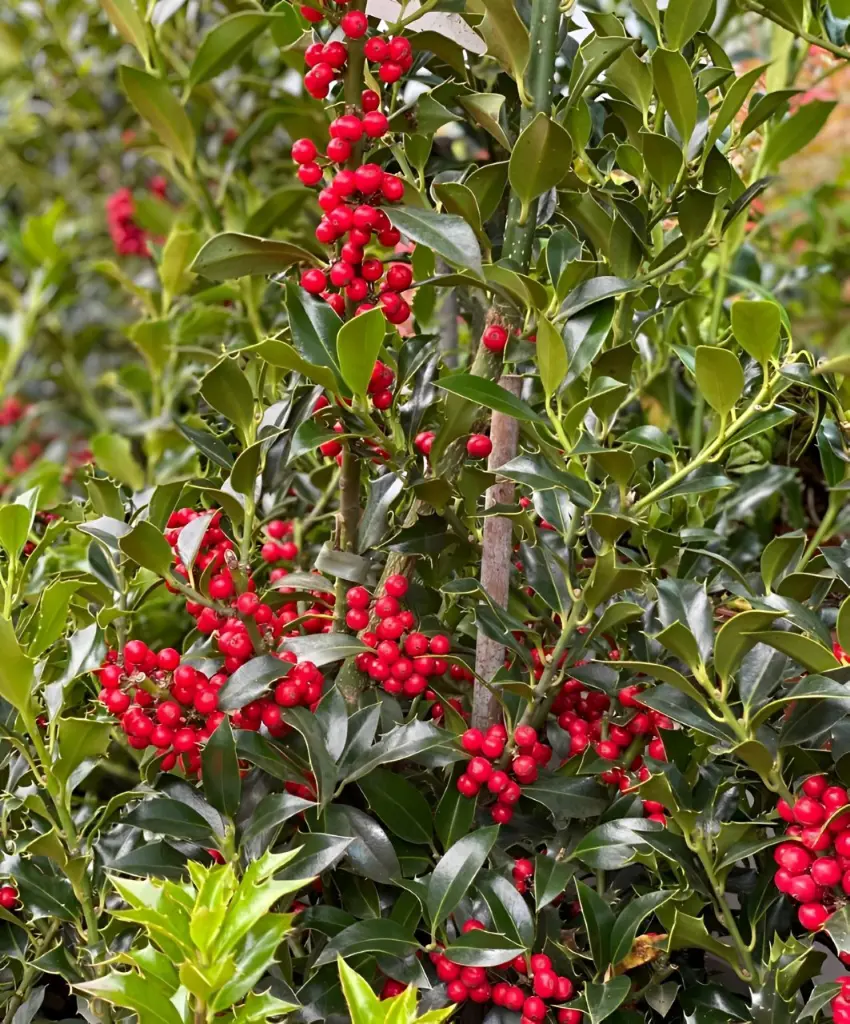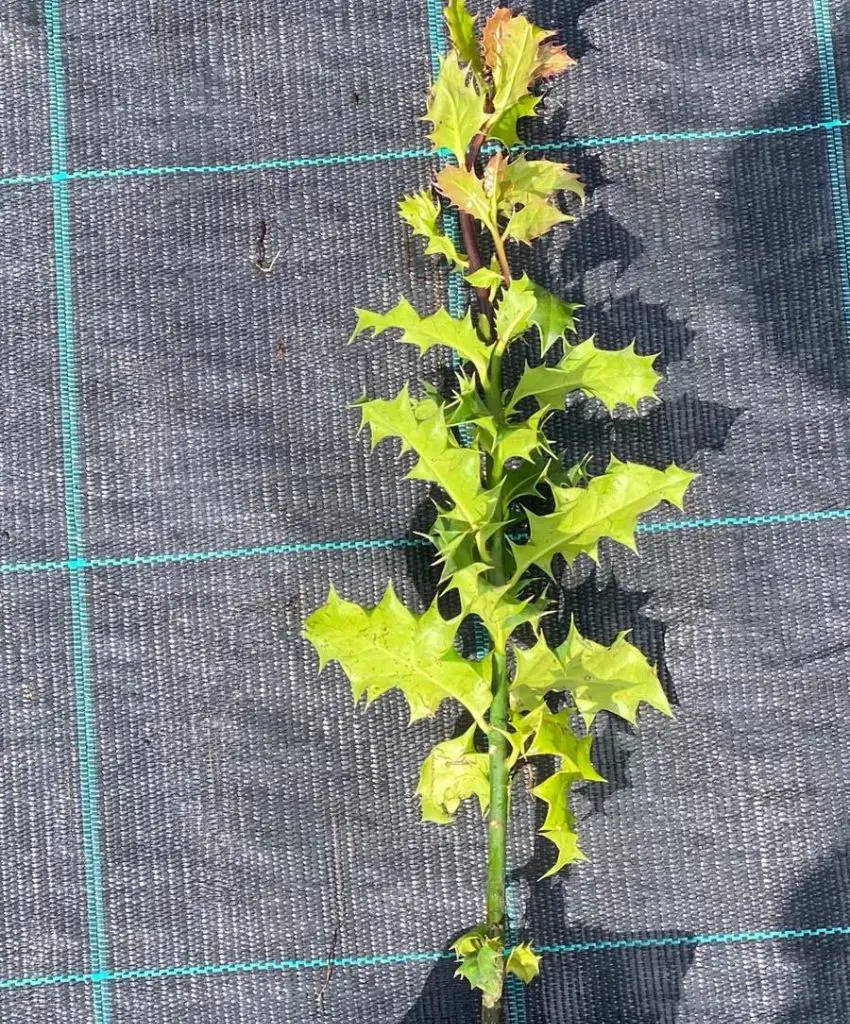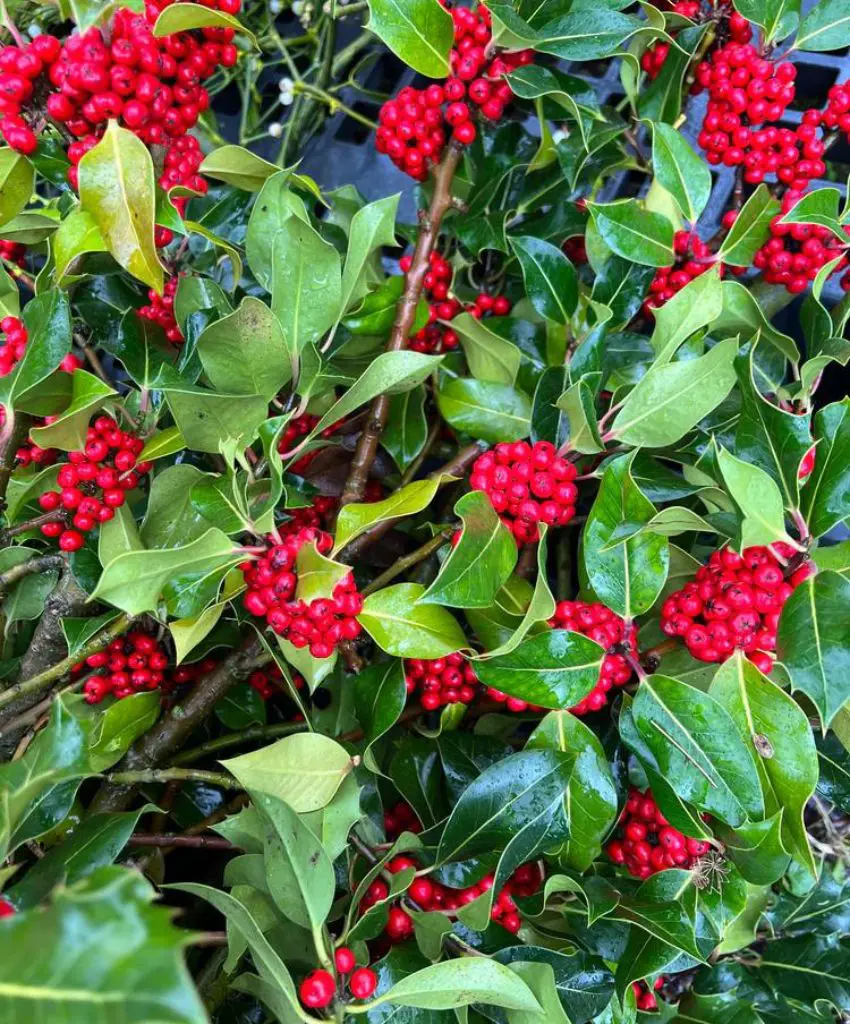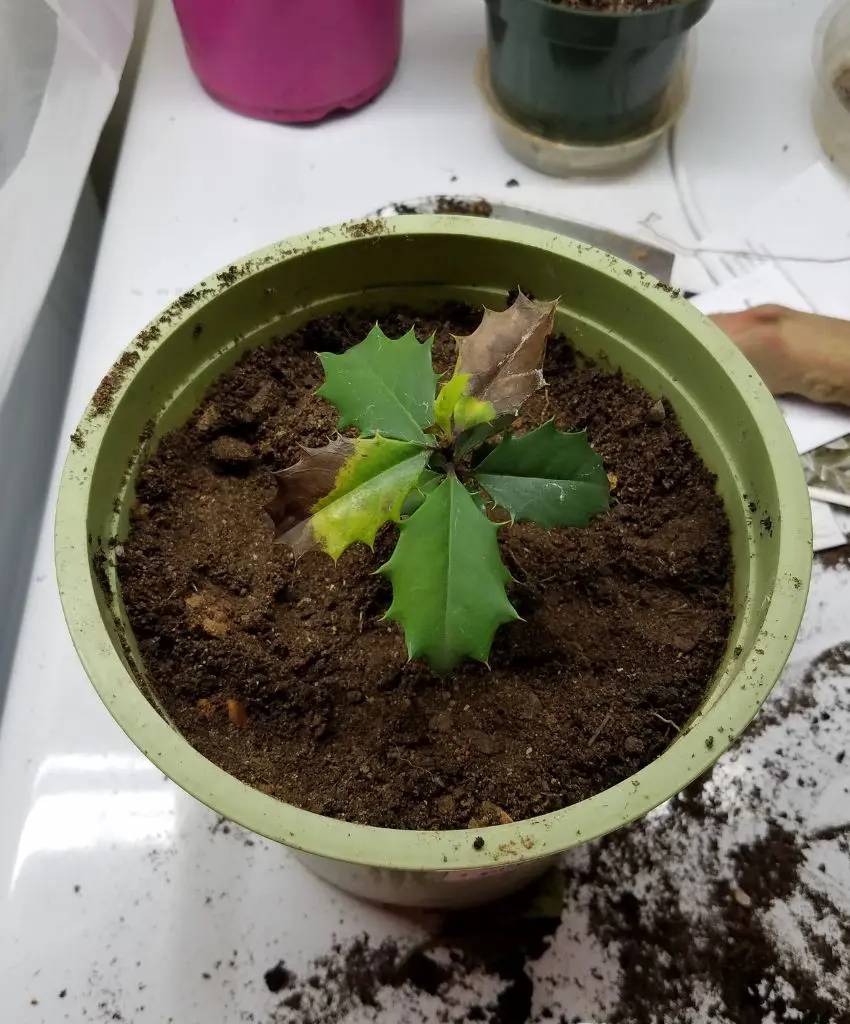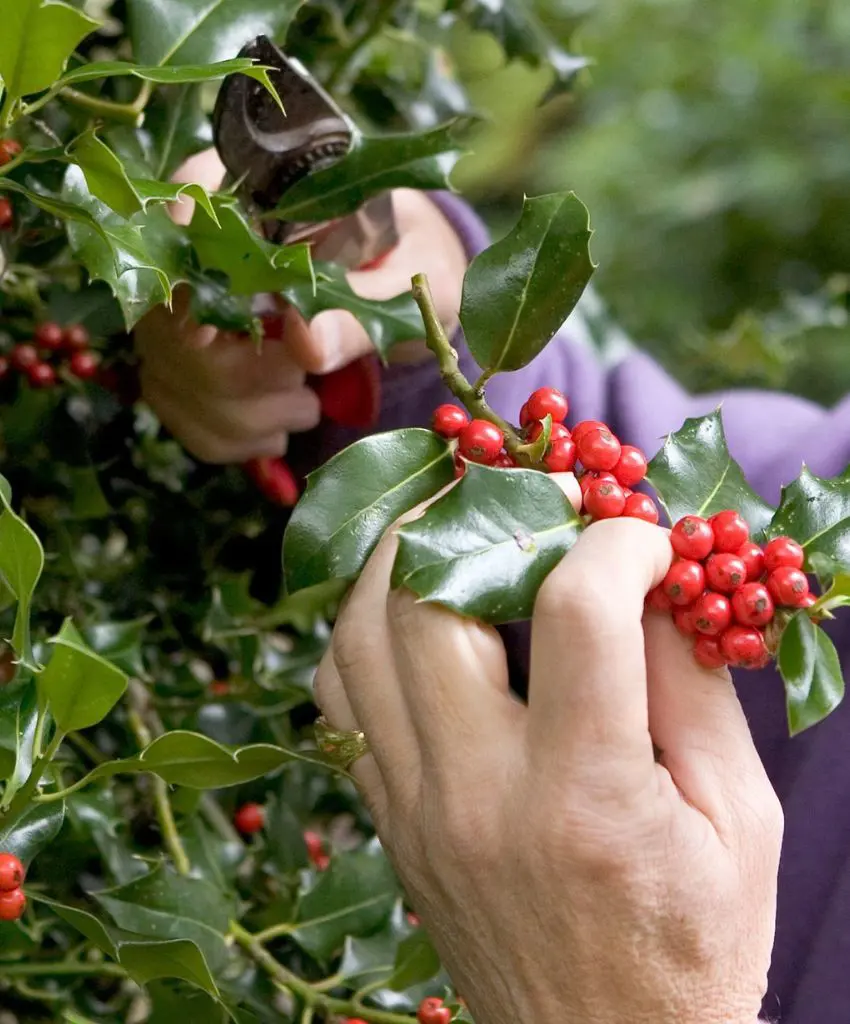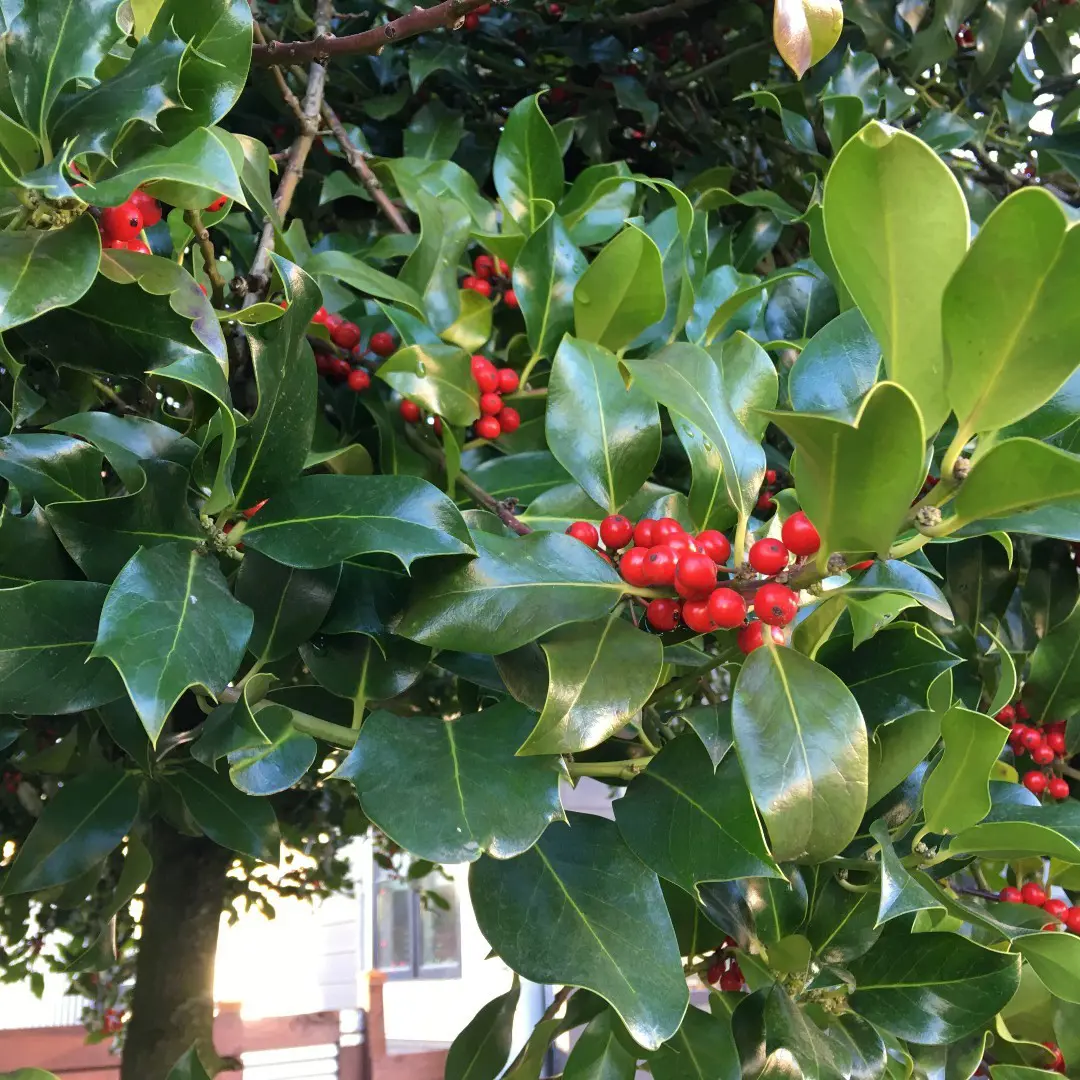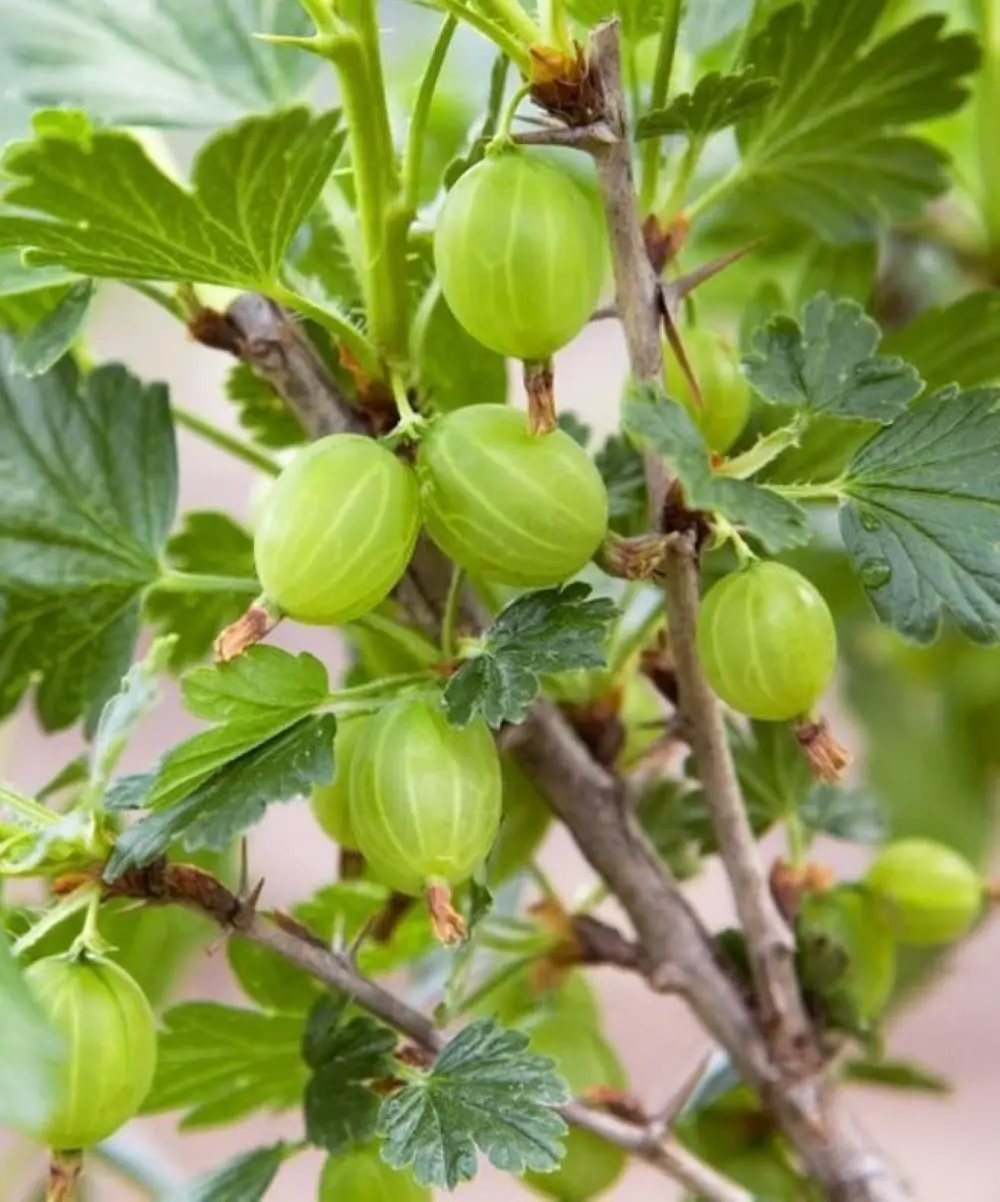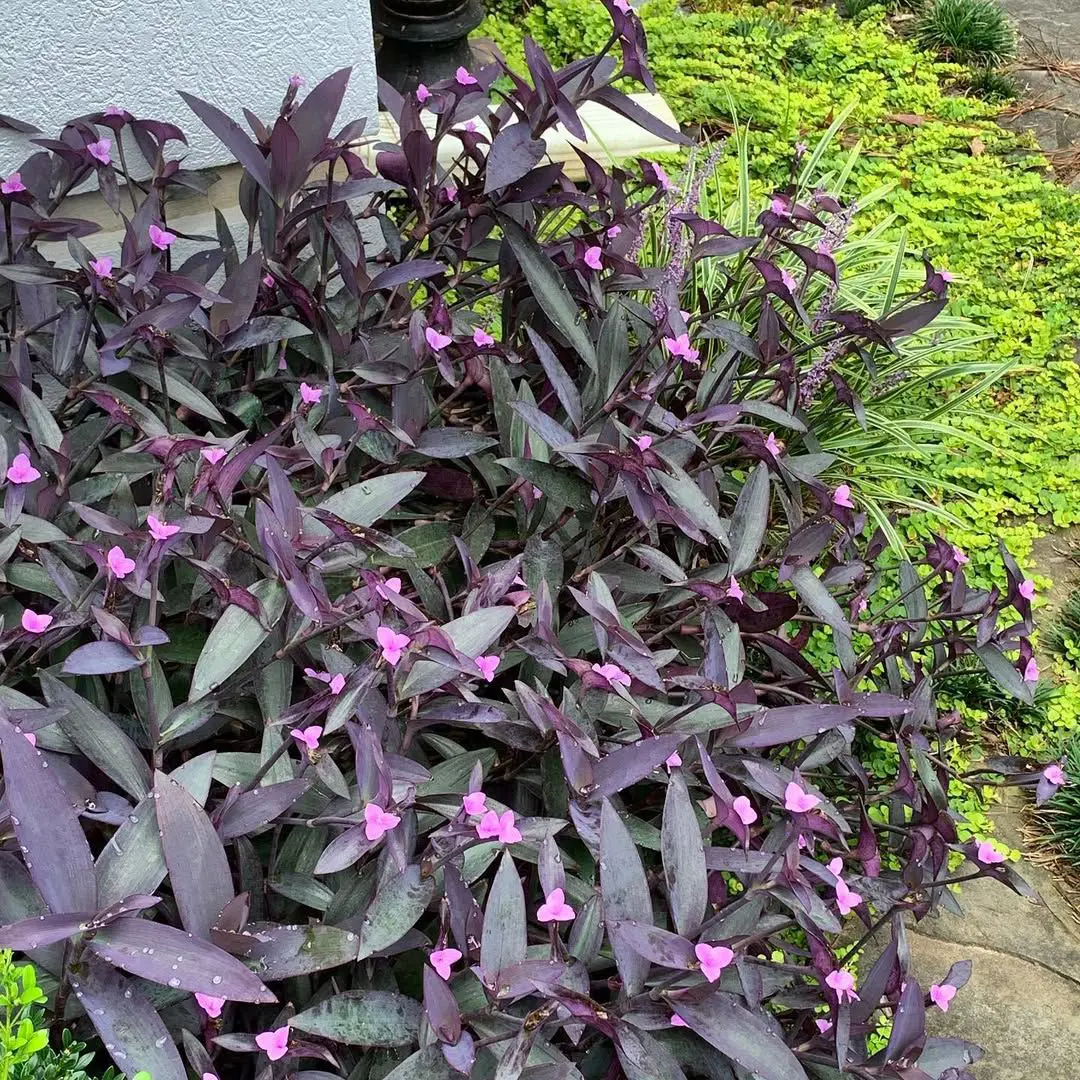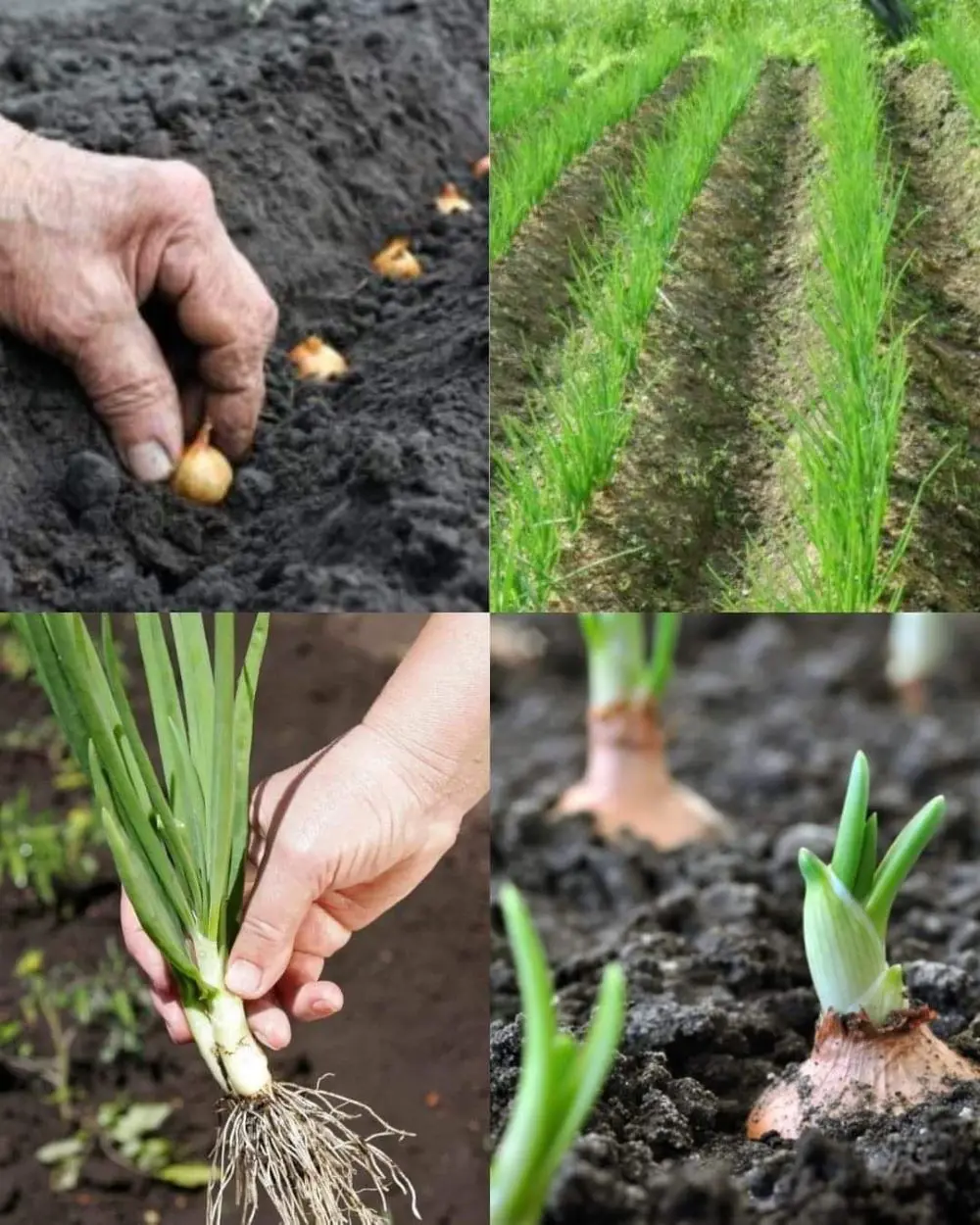Where and When To Plant Holly
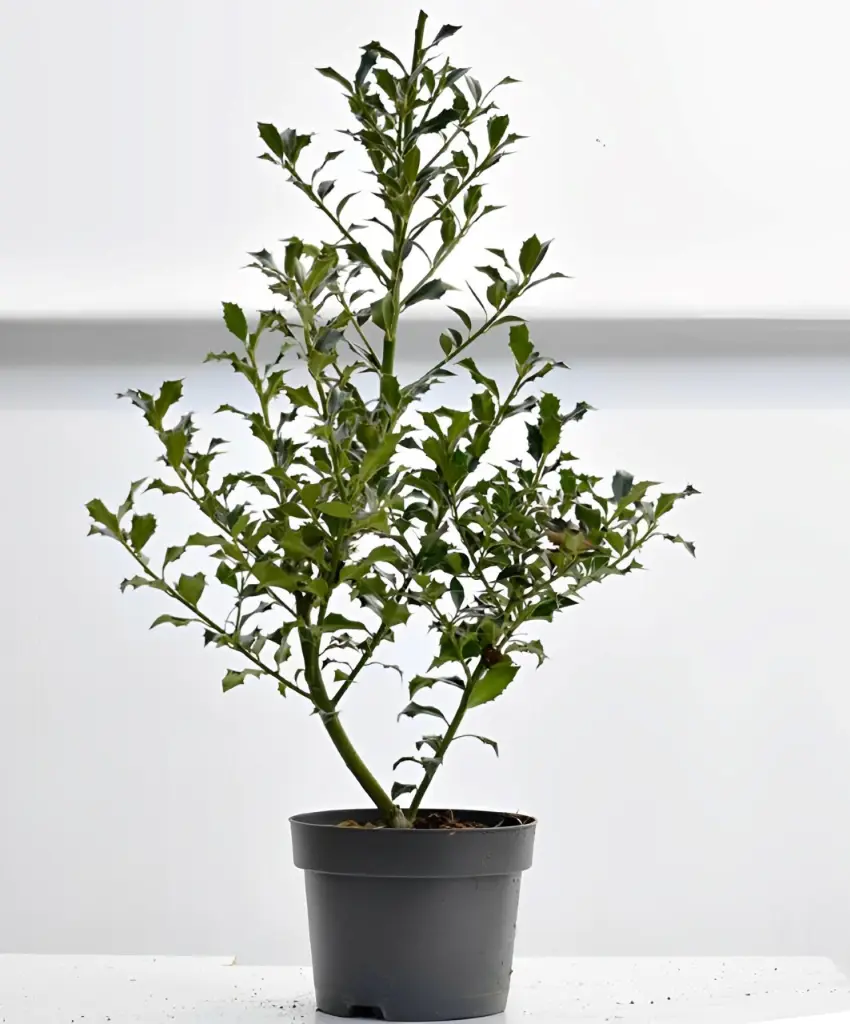
Light
Holly plants are relatively hardy and grow best in partial shade, although they can take full sun in colder regions, particularly if the afternoon sun is not too bright. An environment that receives morning sunlight and afternoon shade is preferable as it shields the plant from scorching heat.
While in cooler regions of the world, where the intensity of the light is lower, Holly is capable of tolerating full sun. However, even in these regions, it's crucial to ensure the plant receives adequate water to prevent drying out and maintain overall health.
Spacing
Holly plants need to have adequate space to live and have optimum growth. Smaller varieties should be planted approximately 3 to 5 feet apart to facilitate the bushy growth of the plant with sufficient air movement. Such spacing avoids overcrowding of plants and enhances the growth and development of the plants.
Medium to large varieties like the American Holly should be planted at a distance of about 6 to 10 feet apart. This liberal spacing provides sufficient space for their bigger size and helps them grow to their optimum without vying for space with other plants.
Soil
The holly plant thrives well when grown in soil that does not hold much water around the root since this causes root rot. The most suitable climate is slightly acidic to moderately acidic and the best type of soil is loamy or sandy soil that has good drainage. Holly grows best in acidic soil, with a pH level between 4.5 to 6.0.
This may require you to add compost or peat moss to your soil since not only will these provide the right drainage, but they will also maintain the appropriate acidity. Regular testing and adjustments can help keep the soil within the optimal pH range for holly.
Planting Time
The most appropriate time for holly planting is in the autumn period beginning from September to November. Planting can also take place during this period because the plant can develop a good root system before the cold season begins. It results in intensive growth during the spring following its formation in the pre-winter period.
The next best time to plant is in early spring if the planting has to be done in the fall is not possible. Make sure that there is no frost risk and that the soil can be worked easily. Spring planting provides the holly with the entire growing season to acclimate and get used to the climate before summer kicks in.
